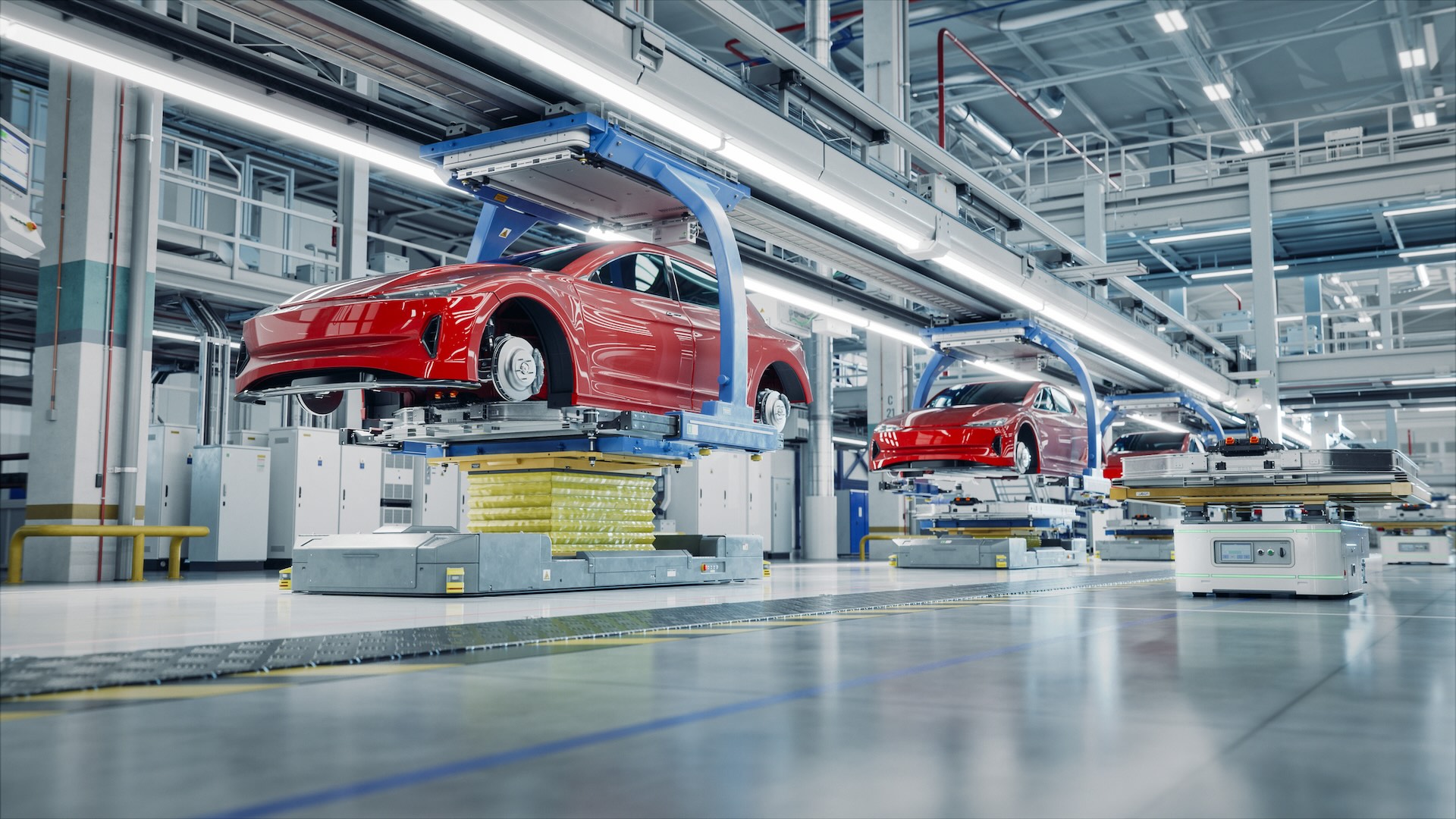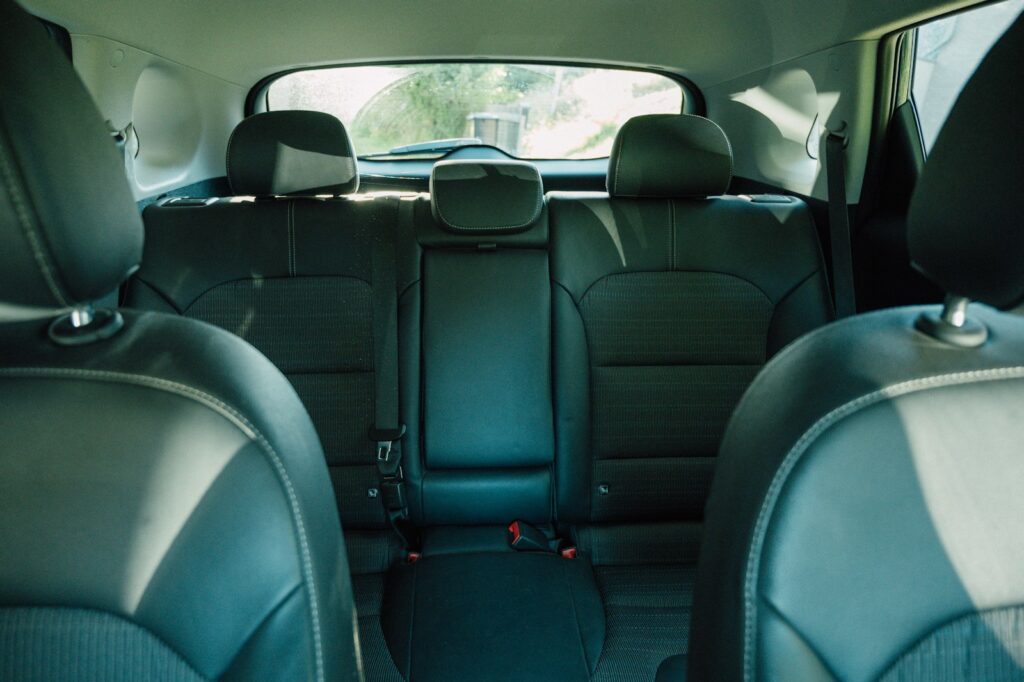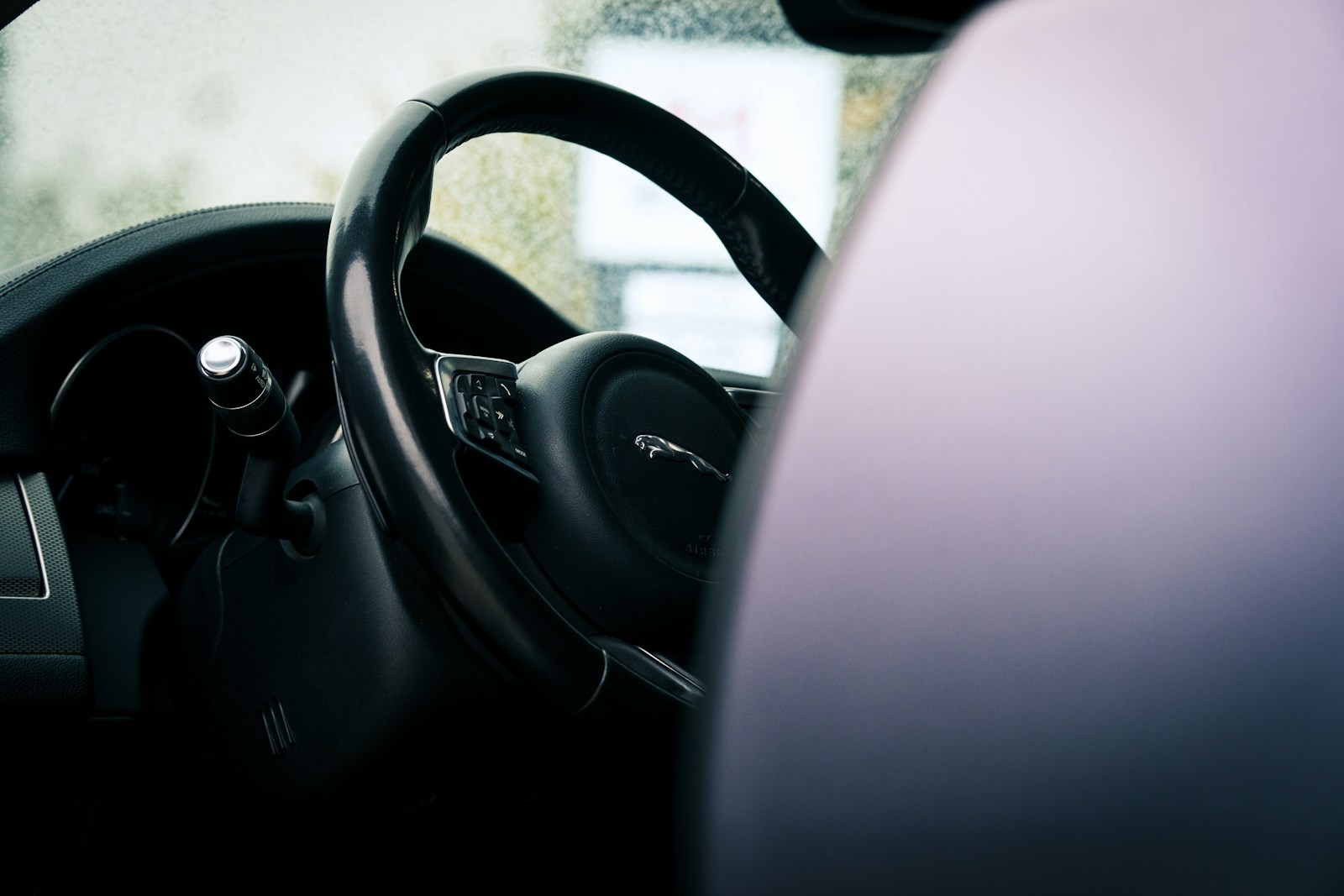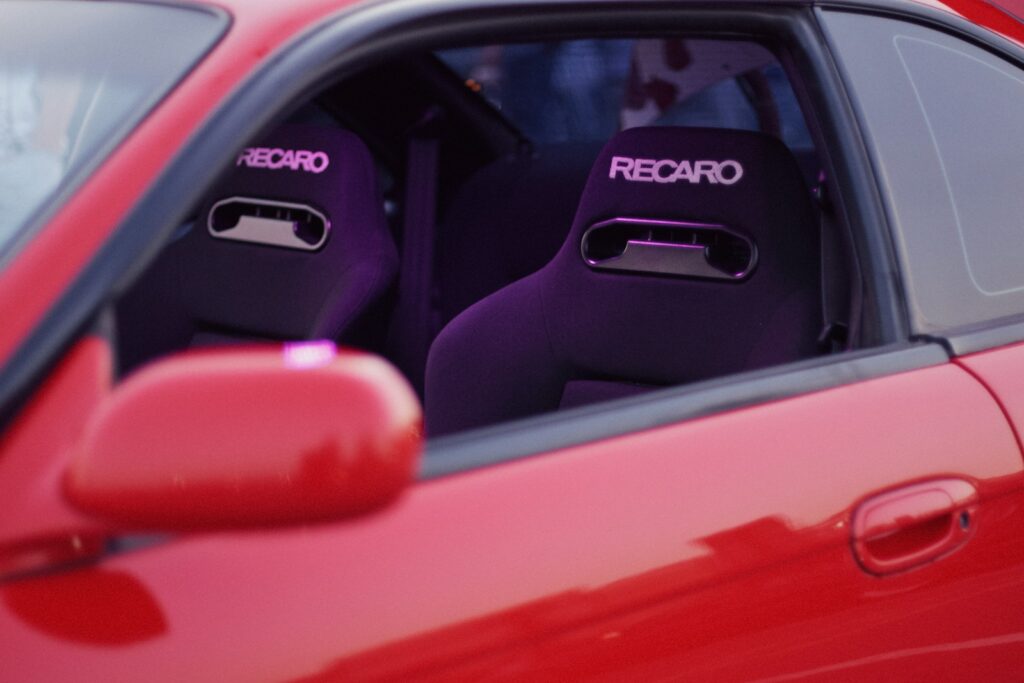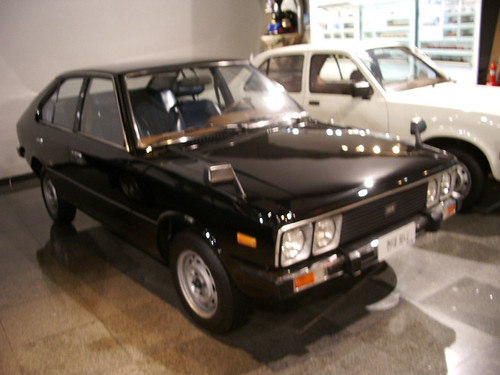The automotive world is a dynamic tapestry of innovation and evolving aesthetics, where groundbreaking features emerge, shine brightly for a time, and then gracefully fade into the annals of history. While today’s vehicles boast unparalleled safety, efficiency, and technological prowess, there’s an undeniable charm and a lingering nostalgia for certain design elements and functionalities that defined eras past. These weren’t merely components; they were statements, reflections of cultural shifts, engineering ingenuity, and sometimes, pure unadulterated whimsy.
For enthusiasts and industry veterans alike, the discussion often turns to those specific features that, despite their undeniable appeal and practical benefits, were ultimately sacrificed on the altar of progress—be it for safety regulations, cost efficiencies, or simply changing consumer tastes. It’s a testament to their impact that even in an age dominated by touchscreens and autonomous systems, we still find ourselves wishing for the tactile feedback of a physical button or the unique aesthetic of a bygone era. These forgotten gems once captivated drivers and passengers, creating memories and defining the very essence of what a car could be.
This in-depth exploration revisits a selection of these cherished automotive traits, delving into their origins, impact, and the compelling reasons why they disappeared from the mainstream, often leaving a void that modern conveniences, for all their brilliance, struggle to fill. Join us as we journey through time, rediscovering the magic of features that truly defined car culture and continue to ignite a spark of yearning in the hearts of motorheads everywhere.
1. **Bench Seats: The Communal Ride Experience**Once a ubiquitous sight in American automobiles from the 1950s through the 1980s, the bench seat offered a singularly “communal ride experience.” This wide, single front seat was designed to accommodate three or more people, making it a staple in family sedans and spacious station wagons. It was more than just a seating arrangement; it fostered a sense of togetherness, allowing passengers to sit closer than modern bucket seats ever could, perfect for long drives, romantic outings, or simply enjoying a drive-in movie together.
Classic models like the Chevrolet Bel Air and large Buicks proudly featured these expansive front seats, evoking a simpler, roomier era. The design also offered drivers the flexibility to stretch out a bit more on journeys, enhancing comfort on extensive road trips. It truly embodied a period when car interiors prioritized a relaxed, inclusive atmosphere, encouraging shared experiences and camaraderie within the vehicle.
However, as automotive design evolved, the reign of the bench seat began to wane. The advent of bucket seats brought improved comfort, individual support, and crucially, enhanced safety, especially with the integration of airbags and modern seat belts. By the late 1980s, these safety advancements largely phased out the bench seat, with its presence in sedans ultimately disappearing around 2015 when the Impala Limited was discontinued. Despite their absence in regular cars today, their legacy as a nostalgic symbol of road trips and a bygone comfort remains strong, with some larger vehicles, like Land Rover, attempting a revival.

2. **Hood Ornaments: Automotive Artistry and Identity**From the 1920s to the 1960s, hood ornaments stood as exquisite expressions of automotive artistry, transforming mere vehicles into rolling sculptures. These sculpted emblems, often perched majestically on the hood, ranged from stylized brand logos to intricate, ornate figures like leaping jaguars or soaring arrows. They were not just decorative; they were powerful symbols of prestige, performance, and the unique identity of each marque.
Iconic examples such as Mercedes-Benz stars and Rolls-Royce’s revered Spirit of Ecstasy became instant identifiers, defining luxury and making an unmistakable statement on the road. These embellishments were a testament to an era when every car detail was meticulously crafted with aesthetic in mind, adding a distinct touch of elegance and character that set vehicles apart in a crowded marketplace. They became focal points, drawing the eye and communicating a sense of bespoke craftsmanship.
The decline of hood ornaments was largely precipitated by two significant factors. Firstly, pedestrian safety rules began to curb the use of sharp or protruding features on the front of vehicles, deeming them hazardous in the event of an impact. Secondly, cost-cutting measures in manufacturing favored simpler designs, pushing these elaborate details out of vogue by the 1970s. While modern cars, due to safety concerns, no longer feature these protruding pieces of metal, the memory of their detailed and iconic presence lives on, celebrated in car museums and cherished by collectors who appreciate their unique contribution to automotive legacy.
Read more about: Lost Legends: 14 Wild Classic Car Features Automakers Left Behind Forever
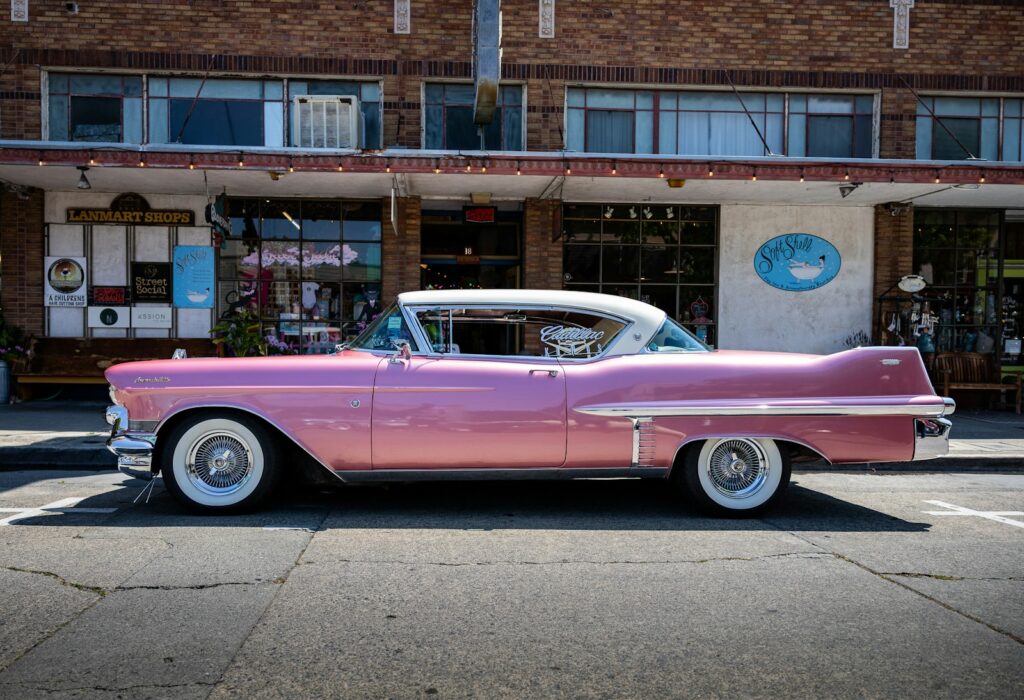
3. **Tail Fins: The Space Age Design Craze**The 1950s and early 1960s were an era defined by an optimistic fascination with the jet age and the burgeoning space race, a sentiment vividly captured in the dramatic aesthetic of tail fins. These unmistakable wing-like extensions, boldly gracing the rear of cars, were more than just stylistic flourishes; they were a direct homage to aircraft design, symbolizing speed, progress, and a futuristic vision. The design trend reached its zenith in the late 1950s, embodying a period of unparalleled automotive flamboyance.
Perhaps the most celebrated example of this audacious design was the 1959 Cadillac Eldorado, a vehicle that boasted tail fins soaring to a record-setting 38 inches high. Such dimensions made an unequivocal statement, cementing the Eldorado’s place in history as a pinnacle of bold and imaginative automotive design. These fins contributed to a distinctive silhouette that instantly communicated luxury, power, and an unmistakable American confidence.
However, as the 1960s progressed, automotive tastes began to shift dramatically towards sleeker, more minimalist designs, rendering the flamboyant tail fin somewhat anachronistic. Beyond aesthetic evolution, these elaborate structures offered little practical benefit in most cases, though the context does note they “aided stability and visibility in some cases.” Ultimately, their impracticality for mass production and a desire for more subdued lines led to their eventual disappearance. Today, tail fins remain a powerful symbol of 1950s optimism and a cherished delight for collectors of classic automobiles, instantly transporting observers back to an iconic golden age of motoring.

4. **Manual Choke: Hands-On Engine Starts**For drivers from the 1920s through the 1970s, starting a cold engine was often a deeply tactile and skilled experience, thanks to the manual choke. This pull-cable mechanism was directly linked to the carburetor, allowing the driver to manually adjust the air-fuel mixture entering the engine. In cold conditions, enriching the fuel mixture was crucial for a successful ignition, preventing stalling or “flooding” the engine.
Common in early Ford and Chevy models, mastering the manual choke required a degree of finesse and understanding of one’s vehicle. Drivers developed a keen ear for their engine’s idle and learned the precise amount of choke needed to coax it to life on a chilly morning, gradually pushing the knob back in as the engine warmed up. It was a hands-on connection to the mechanical heart of the car, a process that built a unique rapport between driver and machine.
The manual choke’s era came to a close with the advent of electronic fuel injection (EFI) systems, which began to proliferate in the 1980s. EFI automated and significantly refined the engine starting process, making it more efficient, reliable, and consistent across varying temperatures. While this marked a significant technological leap, the manual choke remains a beloved “hands-on relic of mechanical days,” a charming vintage quirk that evokes a time when operating a car involved more direct, manual engagement and a deeper understanding of its inner workings.

5. **Pop-Up Headlights: The Pop-Up Era of Personality**From the 1970s to the 1990s, with a noticeable peak in the 1980s, retractable headlights—often affectionately called pop-up headlights—were the epitome of cool and futuristic automotive design. These distinctive lights hid seamlessly within the car’s hood when off, creating a smooth, uninterrupted aesthetic that conveyed both sophistication and aerodynamic efficiency. The dramatic reveal as they popped up, much like a magician unveiling a trick, added an undeniable element of surprise and personality to vehicles.
This stylish feature graced iconic sports cars such as the Mazda RX-7, the formidable Ferrari F40, and various iterations of the Chevrolet Corvette, specifically from 1963 to 2004. Pop-up headlights weren’t merely functional; they were a significant part of a car’s character, giving vehicles “personality since the 1930s” and making them stand out on the road. Imagine the delight of cruising as the sun sets, then watching your car’s “full character” emerge with the flick of a switch.
Despite their enduring charm, pop-up headlights faced significant challenges that led to their eventual demise. Safety regulations became a primary concern, particularly regarding pedestrian impact, as the protruding lights were deemed a potential hazard. Additionally, practical issues like faulty motors, which could leave the lights stuck, dimmed their appeal, while the rise of advanced modern lighting technology, such as LEDs, offered superior illumination and packaging. Although “2004 spelled the end of one of car culture’s greatest features,” they remain a beloved hallmark of 1980s sports cars and a cherished memory for enthusiasts, symbolizing a period of bold, expressive design.
Read more about: The Blink and You Missed It: 10 Iconic Pop-Up Headlights That Vanished From Car Design

6. **T-Tops: Semi-Convertible Adventures with Style**The 1970s and 1980s ushered in an exciting semi-convertible experience with the popularity of T-tops. This ingenious design featured removable roof panels, ingeniously split by a central structural bar, offering drivers the thrilling sensation of open-air motoring without the full commitment, or sometimes the structural compromises, of a traditional convertible. They presented a unique blend of style and function, allowing for a breezy, exhilarating drive while maintaining a certain level of roof integrity.
T-tops became indelibly linked with the muscle car era, most notably made iconic by the Pontiac Trans Am, famously featured in the movie “Smokey and the Bandit.” This association cemented their status as a cool, adventurous feature for sports car fans, adding a distinct visual flair and an element of freedom to these performance machines. Drivers could easily remove the panels for a dose of sunshine and wind-in-your-hair excitement, then reinstall them for protection against the elements.
However, the appeal of T-tops began to wane as practical challenges emerged. Persistent issues with leaks, increased costs compared to solid roofs, and the rise of more sophisticated retractable hardtops contributed to their decline by the 1990s. The context also notes that “theft became more common” because it was “impossible to secure the two panels properly.” The Camaro and Pontiac Firebird were among the last factory-equipped cars with T-tops, bringing the trend into 2002 before production ended. Despite these drawbacks, T-tops remain a “nostalgic favorite,” especially among muscle car enthusiasts who fondly recall their blend of style and that quintessential open-air feel.
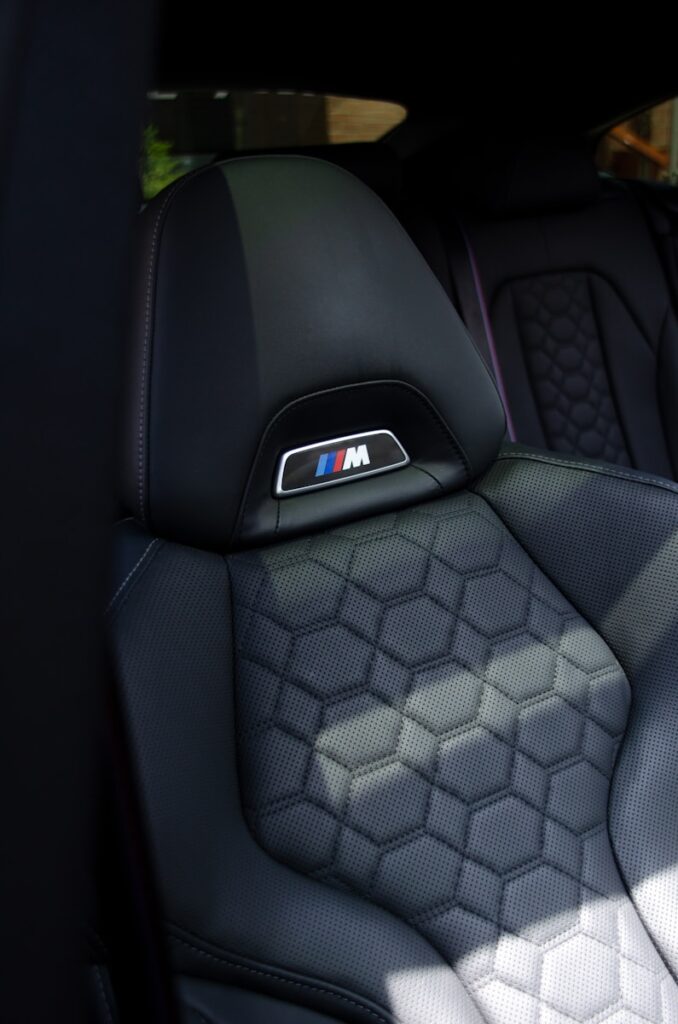
7. **Swivel Seats: The Elegant Entrance and Exit**Imagine a touch of theatrical elegance integrated directly into your car’s interior; that was the promise of swivel seats, a captivating feature from the 1960s. These innovative front seats were designed to rotate gracefully, allowing occupants to “elegantly swing your seat to face your passengers.” This simple yet sophisticated mechanism not only added a dash of flair to the vehicle but also offered considerable practical benefits for entering and exiting.
The design made “getting in and out of cars especially easy, even for those sporting the latest wide-brimmed hats.” It transformed the often-mundane act of ingress and egress into a smooth, almost ceremonial movement, reflecting an era that valued both comfort and a certain automotive panache. Beyond practicality, they created a more interactive and social cabin environment, perfect for turning to engage with rear-seat occupants or simply making a dramatic exit.
While the context doesn’t explicitly detail the reasons for their disappearance, the general trend towards simpler, more standardized interiors, alongside evolving safety considerations, likely contributed to their quiet fade. Today, the notion of swivel seats evokes a sense of retro charm, reminiscent of classic diners rather than modern automobiles. For many, they represent a bygone era of thoughtful interior design that prioritized passenger comfort and a unique user experience, making us “can’t help but wish they’d make a comeback in our modern cars” for their sheer novelty and convenience.
Continuing our journey through the annals of automotive innovation, we delve deeper into more beloved classic car features that, for various reasons, have faded from the modern landscape. These elements, once integral to the driving experience and vehicle identity, continue to evoke a sense of longing among enthusiasts who appreciate the blend of creativity, functionality, and sometimes, sheer whimsy they brought to the road. Let’s rediscover the ingenious designs and unique impacts of these next seven cherished features.

8. **Push-Button Transmission: Shifting into the Future**Envision a cockpit where gear selection felt less like a mechanical chore and more like piloting a futuristic craft. That’s precisely the sensation the push-button transmission offered during its heyday, primarily in the 1950s. This innovative feature replaced the traditional lever with a simple set of buttons on the dashboard or steering column, transforming the act of changing gears into a streamlined, almost effortless experience. It was a bold statement, positioning the car as a marvel of modern engineering.
Automakers like Chrysler and Edsel embraced this pioneering design, presenting it as a leap forward in convenience and interior aesthetics. Beyond the undeniable novelty, push-button transmissions promised a more spacious cabin by eliminating the bulky shifter, and they simplified driving, sparking a certain envy among those still wrestling with manual gearboxes. It offered a glimpse into a world where vehicle operation was becoming increasingly intuitive and less physically demanding.
Despite its futuristic appeal and user-friendly nature, the era of the push-button transmission was relatively short-lived. Challenges with reliability, particularly concerning the mechanical linkages or electrical systems, often overshadowed the convenience. As traditional column-mounted and later floor-mounted shifters proved more robust and cost-effective for mass production, the push-button design slowly receded. Yet, for many, it remains a charming symbol of mid-century optimism, a reminder of a time when designers weren’t afraid to reimagine fundamental aspects of the driving experience.
Read more about: Forever Fun: MotorTrend Ranks the 10 Most Dependable Coupes Built to Last for Years to Come
9. **Opera Windows: A Touch of Automotive Elegance**For a certain era of two-door coupes, specifically those from the 1970s and 1980s, the opera window was an exquisite signature of refinement. These small, often circular or oval windows, typically positioned in the rear pillar, added an unmistakable touch of elegance and distinction to the vehicle’s profile. They weren’t designed for expansive visibility, but rather as an aesthetic flourish, hinting at the luxury coaches of yesteryear.
Opera windows imbued cars with a sense of privacy and exclusivity, transforming the mundane act of driving into something more sophisticated. They evoked an era where every minute detail of a car’s design was meticulously considered, not just for function, but for its capacity to convey status and style. While their practical contribution to visibility was minimal, their aesthetic impact was profound, instantly elevating the car’s visual appeal and setting it apart on the road.
In an age where automotive design prioritizes sleek aerodynamics and maximal visibility, the distinctive charm of opera windows has largely been forsaken. Modern cars, with their expansive glass areas and unembellished lines, rarely feature such stylistic intricacies. Today, these unique windows are cherished by collectors and enthusiasts who appreciate their role in creating truly upscale and sophisticated vehicle designs, serving as a testament to a period when automotive aesthetics were as important as performance.
Read more about: Lost Legends: 14 Wild Classic Car Features Automakers Left Behind Forever
10. **Rear-Facing Seats: The Ultimate Kids’ Adventure Zone**Before the advent of elaborate in-car entertainment systems, the ultimate antidote to childhood boredom on long journeys was often found in the very back of a station wagon: rear-facing seats in the trunk. These ingenious seating arrangements transformed the cargo area into a unique adventure zone, offering children an unparalleled, backward-facing view of the receding landscape. It was a simple, yet profoundly effective way to turn road trips into memorable expeditions.
These versatile seats fostered a distinct sense of camaraderie among young passengers, providing a private retreat where siblings could share secrets, play games, and watch the world go by from a truly different perspective. For parents, it offered a valuable benefit: the kids were entertained and contained, allowing the adults to focus on the road ahead without constant distractions from the main cabin. It was a brilliant, low-tech solution to family travel dynamics.
However, the charm of these backward-facing seats eventually gave way to evolving automotive safety standards. Modern regulations prioritize traditional forward-facing seating with advanced restraint systems, making such innovative, but less conventional, arrangements impractical for contemporary designs. Despite their discontinuation, the nostalgia for those unique “backward adventures” remains strong, embodying a simpler time when automotive design cleverly adapted to the needs and joys of family life.

11. **Vinyl Roofs: The Epitome of 1970s Luxury**The 1970s brought forth a distinctive automotive fashion statement that screamed luxury and sophistication: the vinyl roof. This stylish addition, typically contrasting in color and texture with the car’s body paint, instantly conferred a two-tone effect that turned heads and distinguished vehicles from the rest. It wasn’t merely a protective covering; it was a deliberate design choice that significantly contributed to a car’s perceived opulence and visual flair.
More than a superficial covering, the vinyl roof added a sophisticated touch, mimicking the look of traditional convertible tops on fixed-roof sedans and coupes. It was a testament to an era when design cues were employed to elevate a vehicle’s perceived value and aesthetic appeal. The contrasting texture, often in grains resembling leather or canvas, suggested an added layer of craftsmanship and bespoke customization, signaling a premium offering.
While undeniably stylish, vinyl roofs did come with their share of practical considerations, primarily regarding maintenance. Keeping them in pristine condition required diligent care to prevent cracking, fading, or mildew. However, for many car owners of the era, the distinct, elegant look was well worth the effort. Today, as car designs tend towards uniformity and monolithic color schemes, the unique character and sophisticated visual interest of the vinyl roof are sorely missed, representing a bygone era of bold, expressive automotive fashion.
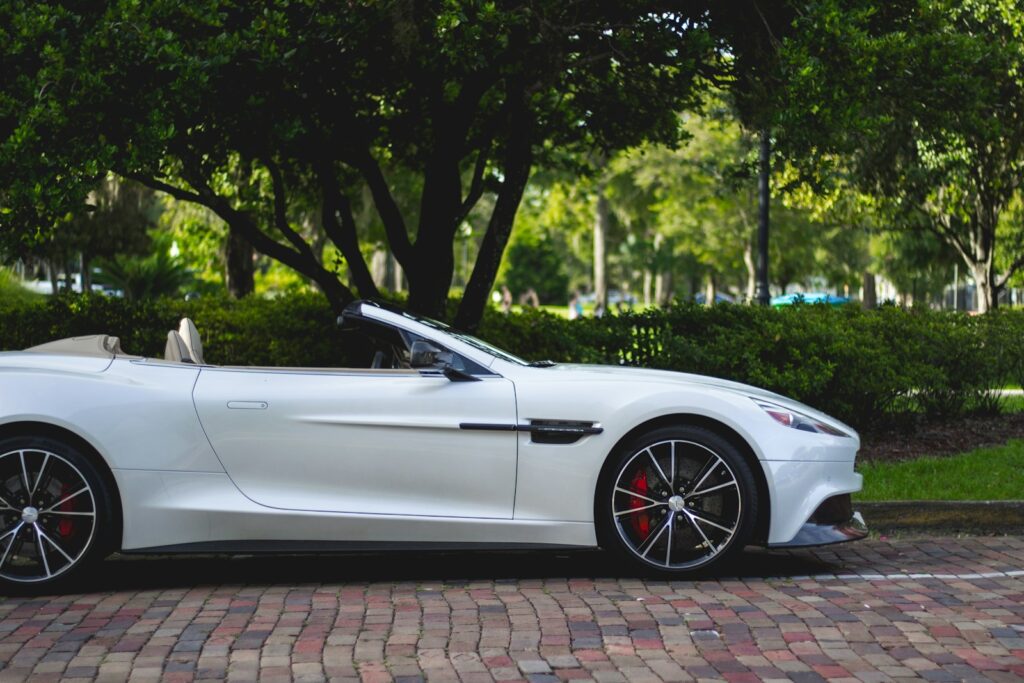
12. **Curb Feelers: Tactile Parking Prowess**Before the ubiquity of parking sensors and rearview cameras, drivers relied on a delightfully quirky yet eminently practical accessory to navigate tight spots: the curb feeler. These slender, spring-loaded wires, extending from the lower body of the car, served as tactile sentinels, brushing against the curb and emitting an audible *ping* or *scrape* to warn the driver before the precious hubcaps or tires made contact. They were a simple, ingenious solution to a common urban driving dilemma.
Curb feelers were more than just damage prevention devices; they infused cars with a whimsical charm, reflecting an era when automotive solutions often leaned towards mechanical ingenuity and direct, sensory feedback. For drivers, it built a tangible connection to the vehicle’s perimeter, fostering a deeper, more intuitive understanding of its spatial dynamics. It was a testament to a time when technology augmented the driver’s senses rather than fully replacing them.
While modern parking aids offer unparalleled precision and visual assistance, the simplicity and charm of curb feelers evoke a powerful sense of nostalgia. They represent a period when driving was a more hands-on, tactile experience, relying on audible cues and physical engagement rather than digital displays. The satisfying *thwack* of a curb feeler alerting a driver to stop remains a fondly remembered quirk for enthusiasts, symbolizing a bygone era of clever, low-tech problem-solving in automotive design.
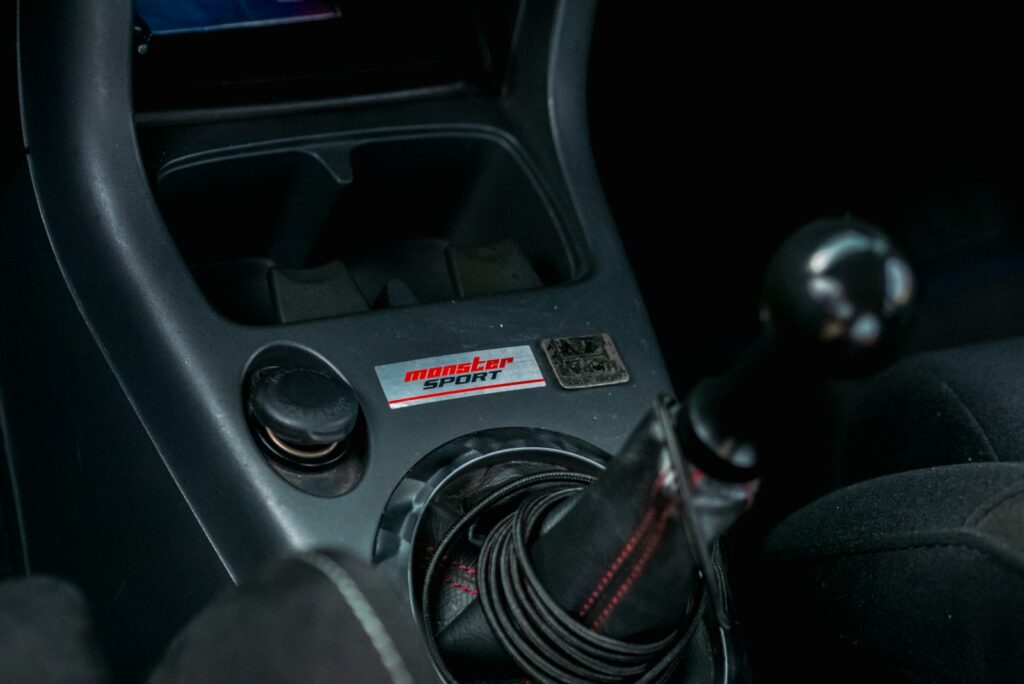
13. **Floor-Mounted Dimmer Switch: The Foot-Operated Beam Control**For generations of drivers, operating the vehicle’s high beams involved a distinctive, almost rhythmic dance with the left foot. The floor-mounted dimmer switch, typically located to the left of the brake pedal, allowed drivers to effortlessly toggle between high and low beams without ever removing their hands from the steering wheel. This design prioritizing driver focus was a testament to practical innovation aimed at enhancing safety during nighttime driving.
This simple yet effective mechanism provided a direct, tactile method of controlling one of the car’s most important functions. The ability to use a foot meant that critical hand-eye coordination remained focused on the road, ensuring a smoother and safer adjustment of illumination. It was a seamless integration of ergonomics and functionality that became second nature to countless motorists, deeply ingrained in the driving ritual.
With the relentless march of technological advancement, the floor-mounted dimmer switch has largely been supplanted by column-mounted stalks and, increasingly, automatic high-beam systems. While these modern solutions offer convenience, many enthusiasts lament the disappearance of this physical, interactive control. It represents a broader trend where the active engagement with a car’s mechanics is slowly fading, making us appreciate the satisfying feeling of direct control that features like the foot-operated dimmer switch once provided.
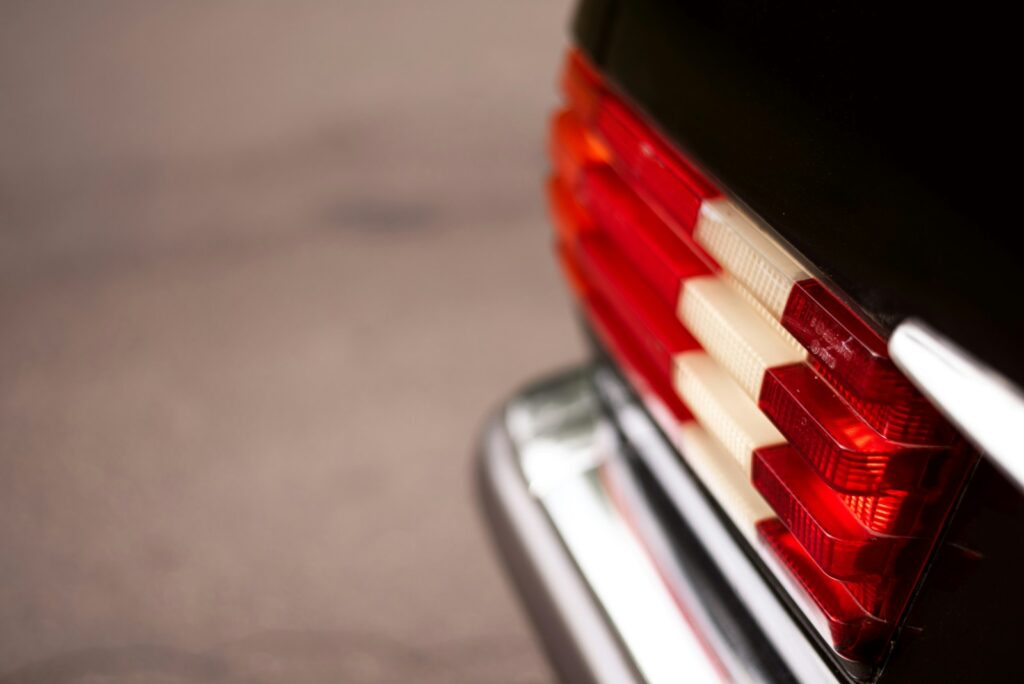
14. **Ashtrays and Cigarette Lighters: Relics of a Smoking Culture**There was a time when the presence of ashtrays and cigarette lighters in a car wasn’t just common, but ubiquitous, deeply woven into the fabric of automotive interiors from the 1950s through the 1980s. Ashtrays, often integrated into every door panel and the dashboard, were considered standard amenities, even for non-smokers, providing convenient, organized receptacles. Simultaneously, the dedicated cigarette lighter socket, usually accompanied by a heating element, was a fixture, ready to provide a light with a simple push.
These features were more than mere accessories; they reflected a pervasive social norm where smoking was widely accepted, even fashionable. The lighter socket, in particular, was an example of early in-car power access, although its primary function was singular. As public health awareness grew and smoking prevalence declined significantly from the 1990s onward, the necessity and desirability of these dedicated features waned dramatically.
The dedicated cigarette lighter device began to fade from new cars in the mid-2000s, though the socket itself often remained, cleverly repurposed. Today, that familiar socket primarily serves as a charging port for smartphones, dash cameras, and other electronic devices, a testament to its adaptability in a non-smoking world. Ashtrays, meanwhile, became increasingly rare, eventually transitioning from standard equipment to an optional, sometimes surprisingly expensive, add-on, as exemplified by a nearly $600 ashtray in a 2015 Ferrari 458 Italia.
Ultimately, the disappearance of widespread ashtrays and cigarette lighters from modern vehicles is a clear reflection of a significant societal shift. While perhaps not features that many “beg for back” today, their prominence in automotive history underscores how car design is intrinsically linked to broader cultural trends and health priorities. They stand as poignant reminders of a bygone era, demonstrating the profound influence of societal habits on the features we once took for granted.
Read more about: Seriously, Where Did They Go? 15 Wildly Nostalgic Car Accessories That Vanished Into Thin Air
The automotive landscape is constantly evolving, driven by an unyielding pursuit of safety, efficiency, and technological integration. Yet, as we cruise into an increasingly automated and digitized future, there’s an undeniable allure to these classic features. They were more than just parts of a car; they were integral to the driving narrative, creating memorable experiences and forging a unique bond between driver and machine. While we celebrate the advancements of today, taking a moment to appreciate these cherished relics reminds us of the rich, diverse tapestry of automotive history – a history where personality and tactile engagement often took precedence. Perhaps, in revisiting these ingenious designs, we might find inspiration for future innovations that balance cutting-edge technology with the soulful charm of yesteryear.

